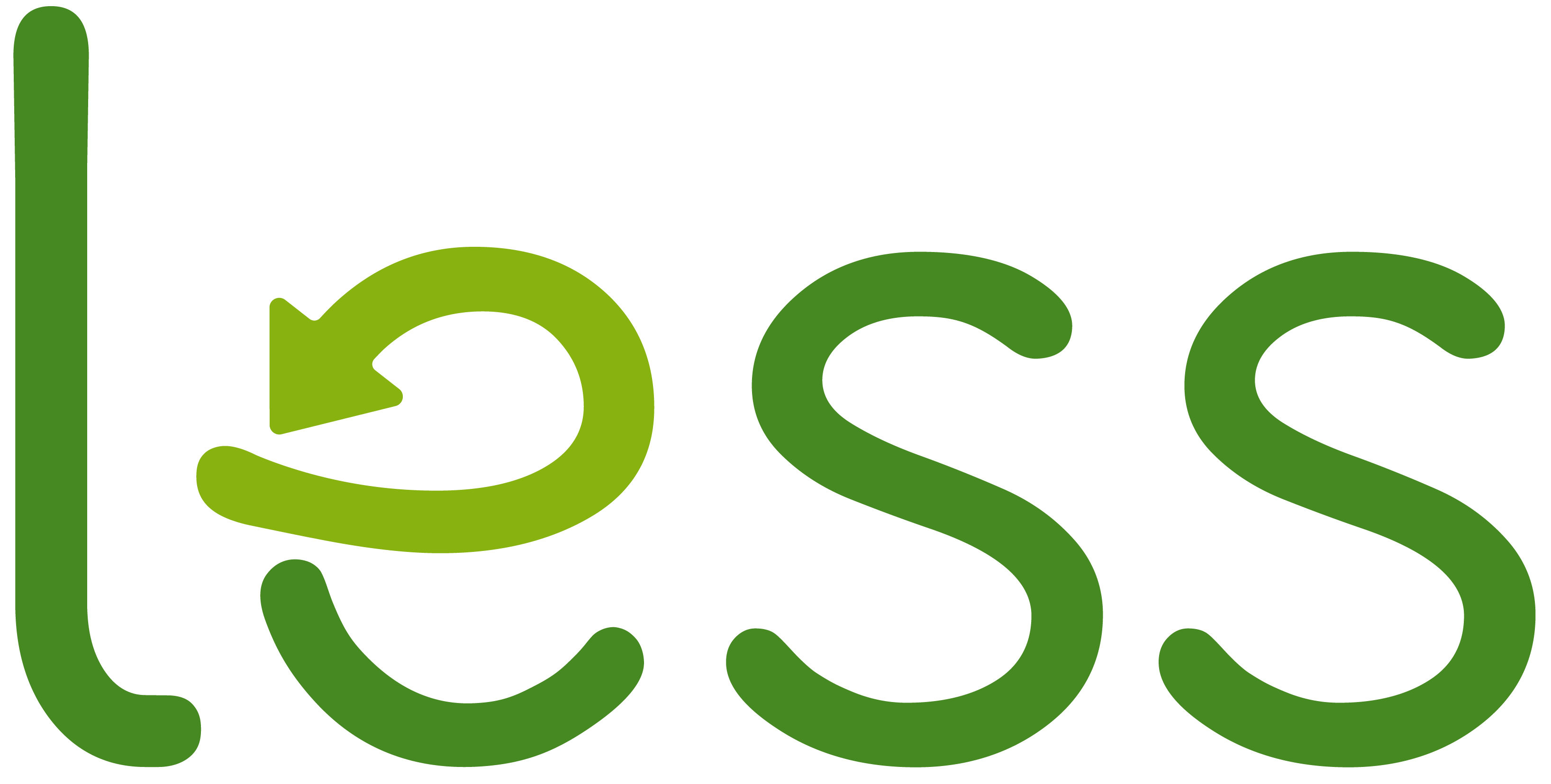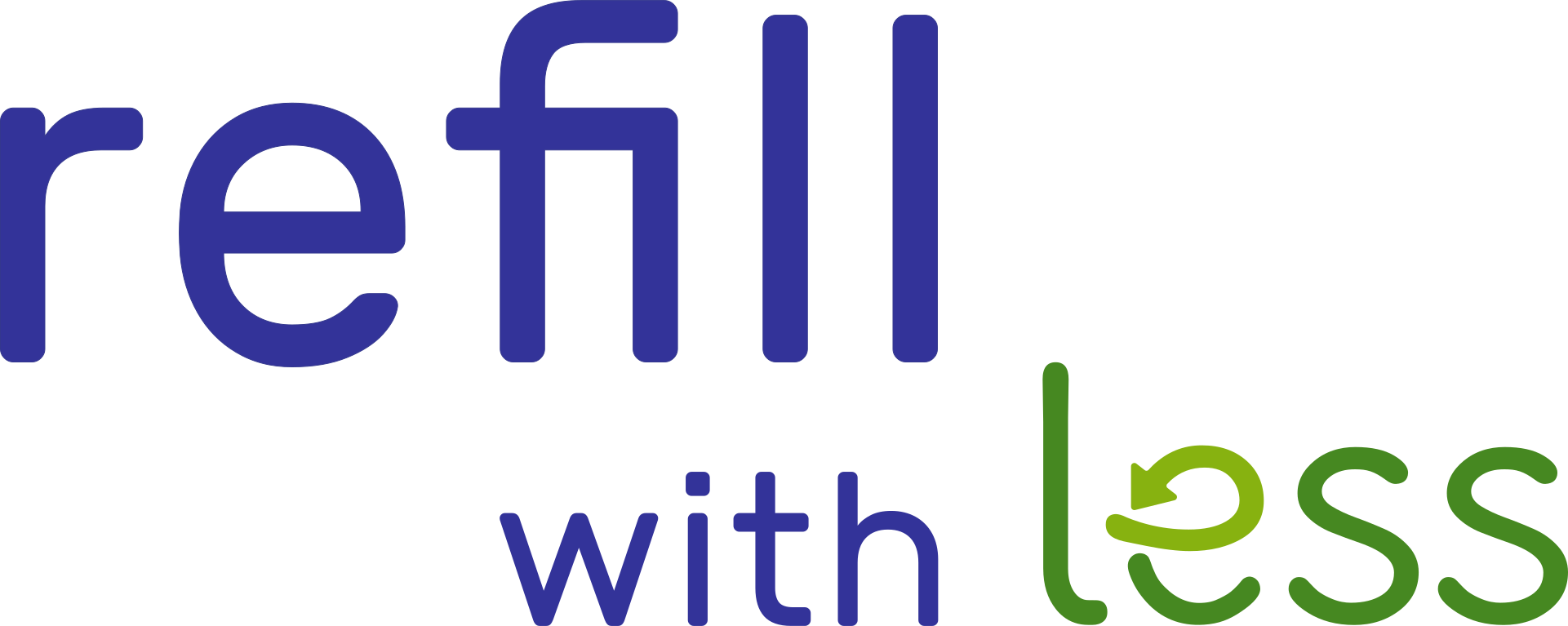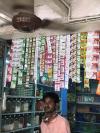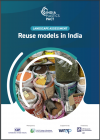Going Round In Circles…. What Sort Of Reuse System Could Work In India? Unknowns, Constraints And Lots Of Questions…

Devising a viable reuse system that would work well in India is hard.
Our first reuse service in the UK is a twist on the traditional milk round – we deliver personal care and household care products in ready to use containers, supplying replenished bottles when needed and collecting empties to reprocess.
This works well in the UK and consumers like it. They get a range of products without plastic waste, conveniently delivered, and everything gets reprocessed for them.
But it’s a nonstarter for much of India. Each bottle we collect must be given an industrial wash, dried, refilled, relabelled, recapped and redelivered, all of which makes for a labour-intensive and costly service.
Wealthy consumers in India might be able to afford this, but not the vast majority. A truly mass solution would need to do without these bottle processing costs… so no bottle collecting or washing or labelling… - which means consumers must use their own bottles.
But would consumers be prepared to buy their own bottles? Probably not
We wondered too whether refilling liquid was the best approach.
Some reuse services remove the water and send out dry powder or concentrates that consumers dilute themselves. This is a great idea and can be one of the better environmental solutions, but consumers like their liquid products and are often reluctant to switch to different formats. And for some products, like hair oil or body lotions etc, they're just not viable.
Some services mail pouches full of liquid, but these are too bulky and costly for most Indian consumers. They also mostly use flexible plastics that are problematic since they can’t be recycled.
One way of delivering liquid cheaply is to use mobile refill trucks. This is done in several countries and can help lower-income communities get product cheap. But it’s hard to scale this. Vans cost a lot and consumers don’t like to wait to get their product at specific van-visiting times.
Nothing seemed obvious.
All we knew was that everything across the supply chain had to be reusable. From the highest level to the lowest, loops and returns had to mesh to prevent single use plastic and reliably deliver product consumers wanted and in a way they wanted it. And then there was that penny price point too.
We need everything to go around in circles but too often it feels like that’s what we were doing!














